Geoff Fortune uses old-school camera to shoot new wave pool in the Old World. We had just one question – Why?
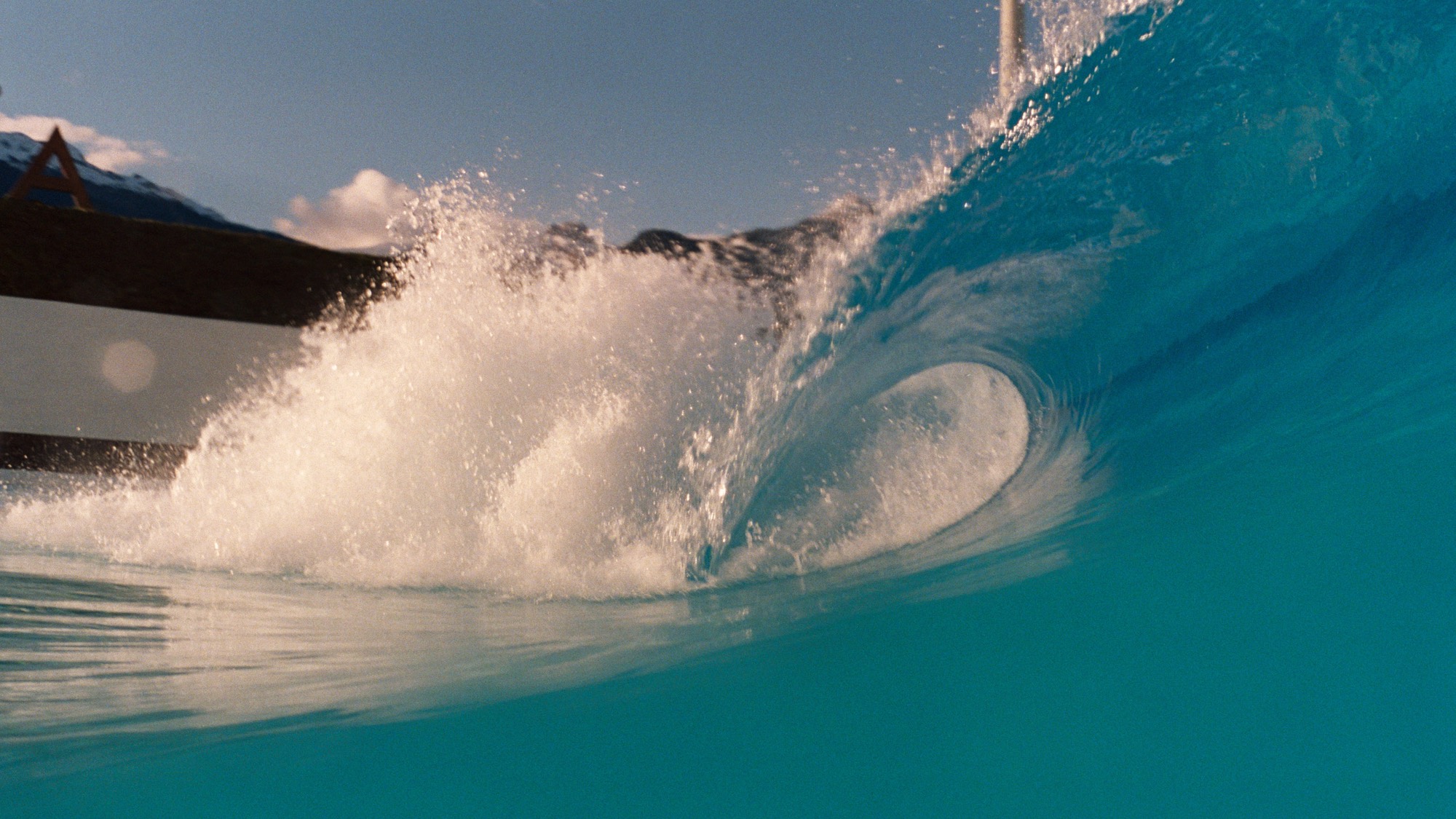
Geoffrey Fortune recently tripped to Alaia Bay on a mission to record Switzerland’s first-ever air-dedicated sessions. While the new Cove settings are impressive, it was the Alpine backdrop and juxtaposition of shooting artificial waves in such an iconic landscape that stoked Geoff’s fire.
To further stretch out that space between old world and new, the photographer chose to do much of the trip on old-school analog film cameras. Yes, film is a re-emerging thing and many say it has a certain look beyond any instagram filter. It’s also a pain in the ass to shoot. Photographers have to load, shoot, reload, shoot, wait for development, etc. Sometimes it works and you get the goods and other times shots come back black. We wanted to find out why Geoff was so hellbent on self torture just to get these truly unique images.
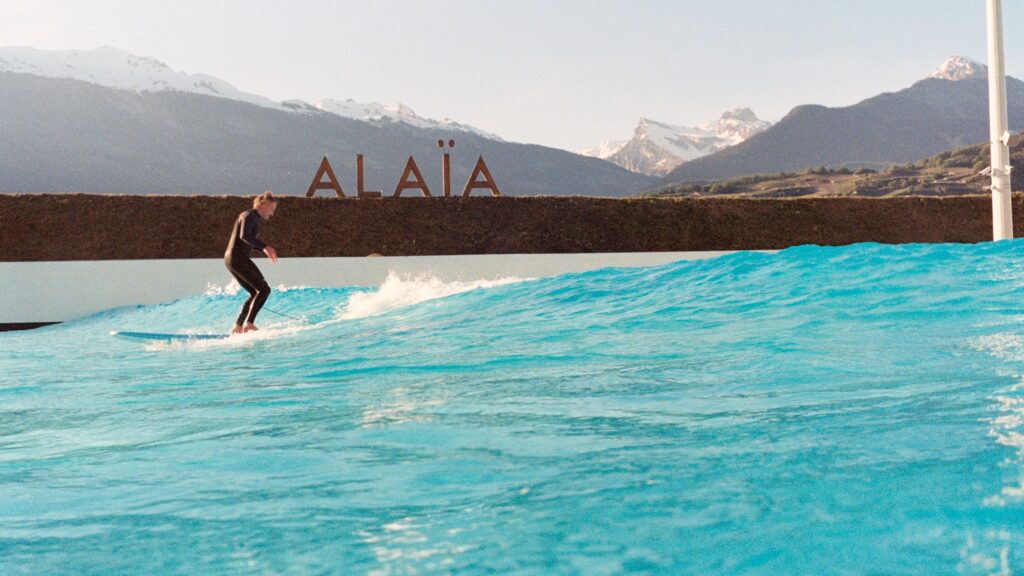
What’s your background and what’s your focus?
I got into photography through surf photography. Growing up surfing in Southern California, I just was always out in the water and always wanted to have a camera out there to record what’s going on. So eventually I kind of just got into taking pictures of my friends surfing and then people around town surfing. I’ve been shooting photos now for maybe 15 years. I guess I would consider it more like documentary photography. I’ve been traveling a lot with graffiti artists, actually around the world and that’s been my main focus lately. So it was nice to do this trip to the wave pool and try to photograph something similar, but completely different.
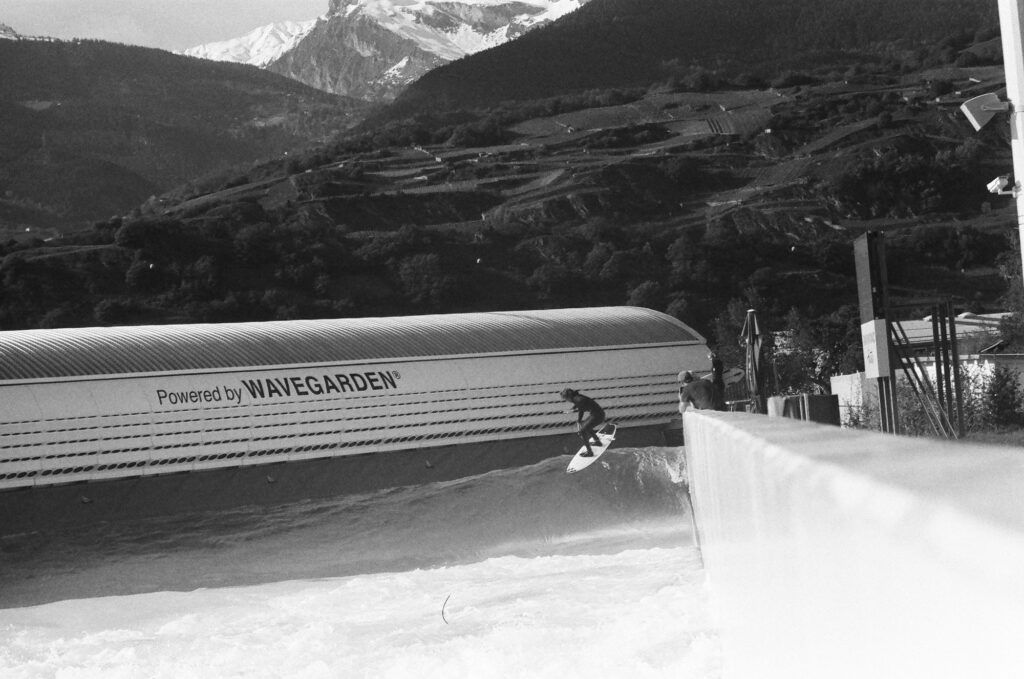
Was this your your first trip to Switzerland or to a wave pool?
Yes. It was my first trip to Switzerland and my first trip to a wave pool. Yeah. I’ve never been to one before and it was awesome. I mean, when we first pulled up and the national teams were doing the airwave trials, we drove by and I just could see, like, the spray from someone launching out of the wave. Like, I could see it from over the wall. And me and my friend Cedric just kind of looked at each other like, ‘All right, this is going to be pretty cool.’ So once we got there and we saw it, I mean, it was beautiful. The water is just this crystal clear blue with the Alps in the background just covered in snow. It was absolutely stunning.
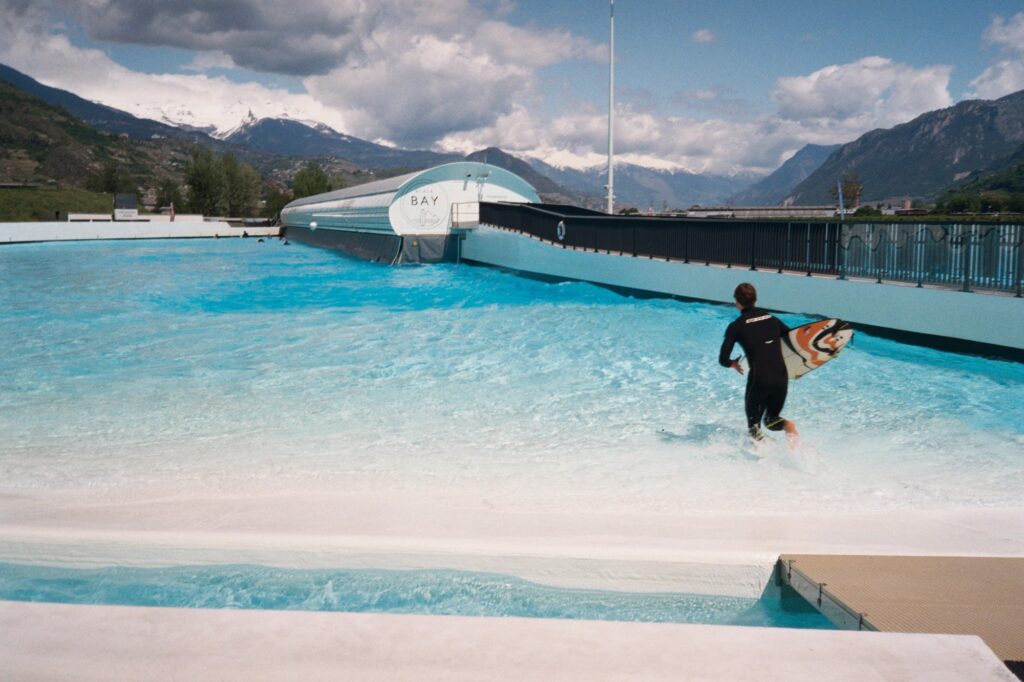
So tell me about why you chose film, or analog photography instead of digital.
I shoot a lot of analog just in my normal day to day life. I’ve just always kind of loved that medium. When I started learning photography, that’s where I started. I took a black and white film class in high school and learned how to develop my own film and work in the darkroom. And it’s just something I’ve always loved to do. I used to have my own darkroom when I lived in San Francisco, like in my closet. And this trip, when I was in Europe the past couple of months, I had a ton of film with me because it was kind of my plan to shoot a bunch of film there. And I have an underwater Nikonos film camera, so I thought it’d be so much fun to take it into this pool and get some photos of this artificial wave with this old analog technology.
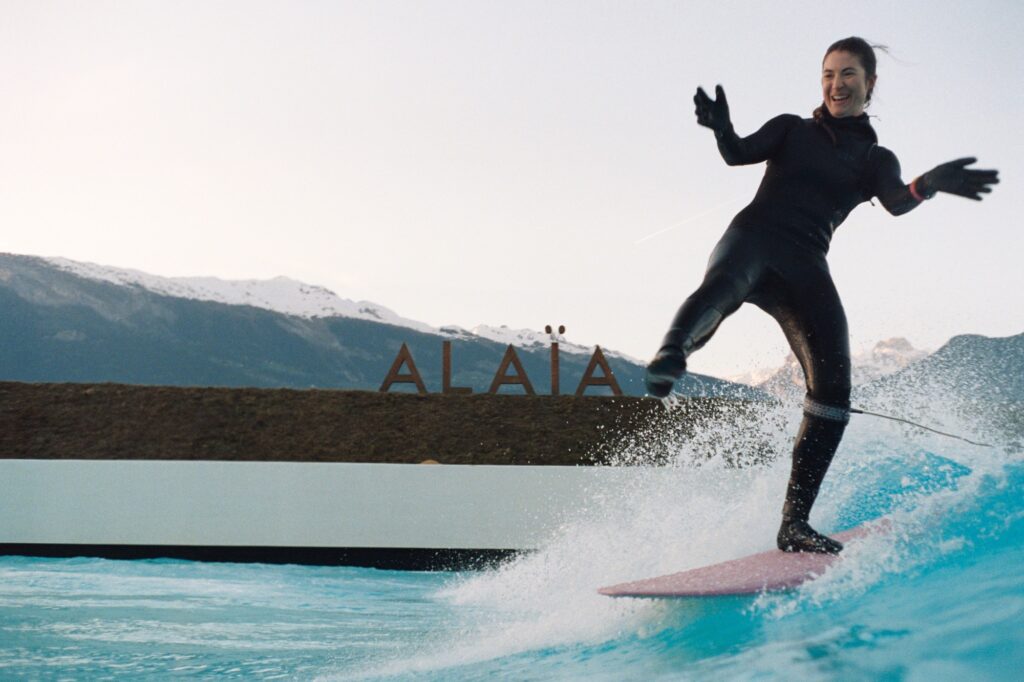
There’s great photo software out there. What look can you achieve with film that you can’t with digital?
It’s just the image quality, really. Like, when I see digital photos it’s almost too perfect. Too crisp. Too clean. I don’t know. It’s just kind of sterile when I look at it. Film just has so much more character to it. Even just depending on what film stock you put in, you might put in some, you know, portrait 800 or some Fuji film, and both of them just have a completely different look and feel. The colors are different, the grain is different. It just adds this other level. I guess it’s almost like I don’t have to do much of the editing to get this look I’m going for. It’s just kind of built into it already. It’s just a beautiful look. And I just like not having that instant gratification of taking a photo and seeing it right away. It’s nice to have to go get it developed, and it just makes you trust your skill. And you know, you just have to know what settings to use for the lighting that you’re provided because there’s no way to look at it beforehand.
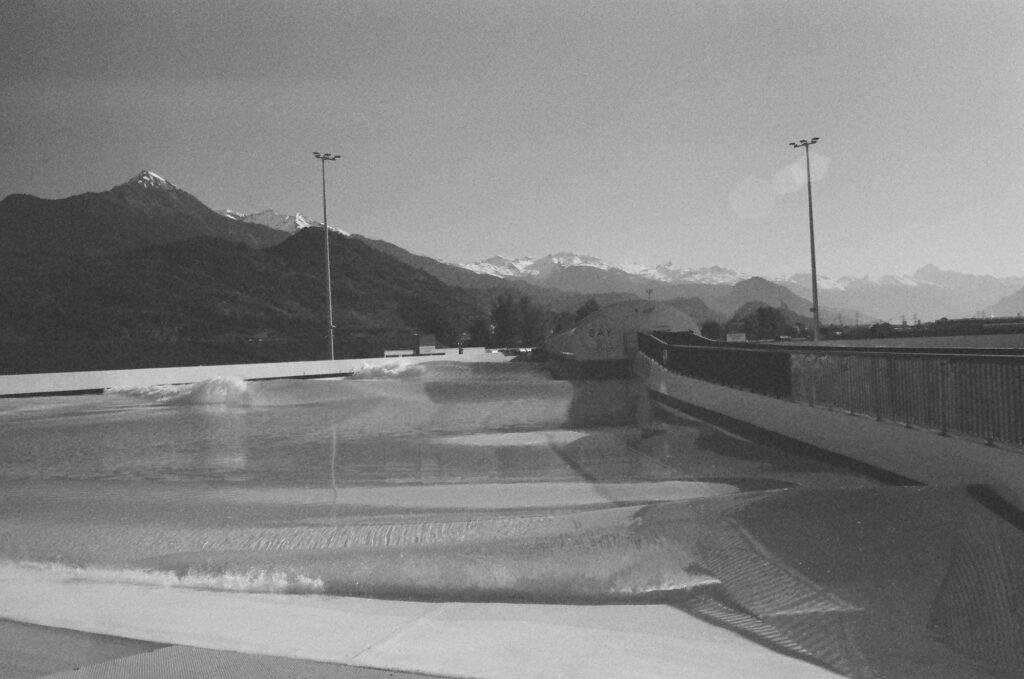
It sounds like there’s a lot of surprises involved. And most people, when when they shoot photos, they don’t want surprises. Do you experience both good and bad surprises?
Yeah. I mean, sometimes you could shoot a roll and you think it’s going to be great and it’s either good, it’s garbage or somewhere in between. I’ve definitely had roles that just don’t turn out anywhere like I thought they would or a shot that I thought I was going to get and I look at it after I get it developed and I was like a split second too late and missed it or something like that. Sometimes there are big disappointments shooting on film. But when you do land the right shot, it just feels so much better. It’s so much more rewarding.
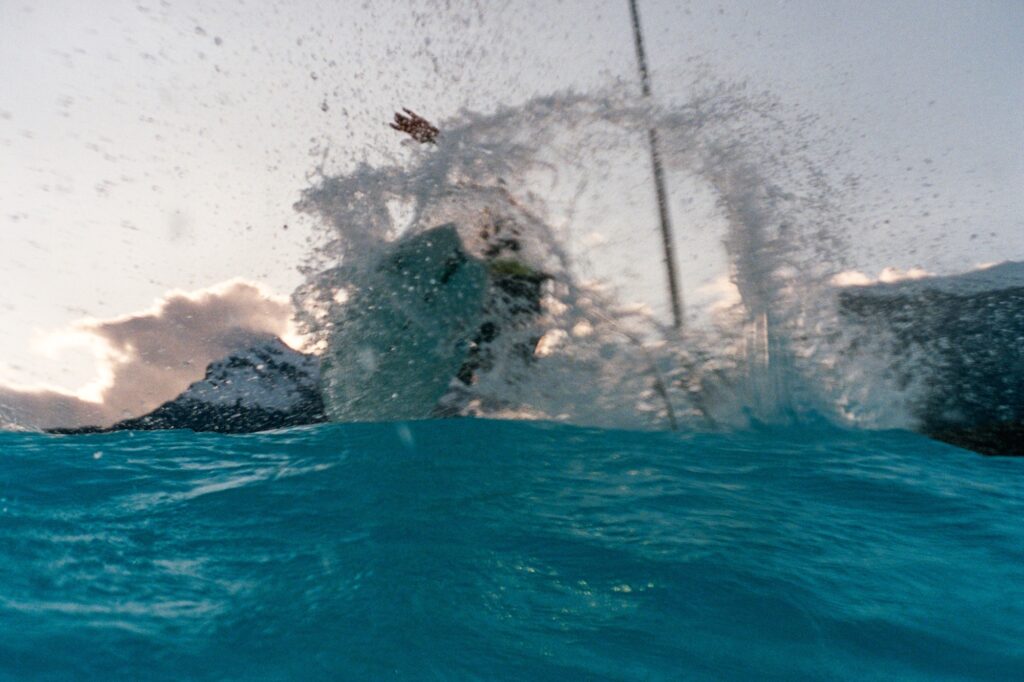
Did you maybe get a shot you didn’t know you got on this trip?
Yeah, One of the shots I got on the trip, it was this one of Cedric. He was getting barreled in the pool, and I was almost like a split second too late. Like, I was just about in the wave, but like, half the lens was in the wave. So you could kind of see in the water. And if you look closely, you can like see the fins of his board in the water. So it’s kind of a cool view. So you kind of see him in the barrel and then you can see like the back of the wave and you can see the fins right there to just digging in. It’s really cool shot.
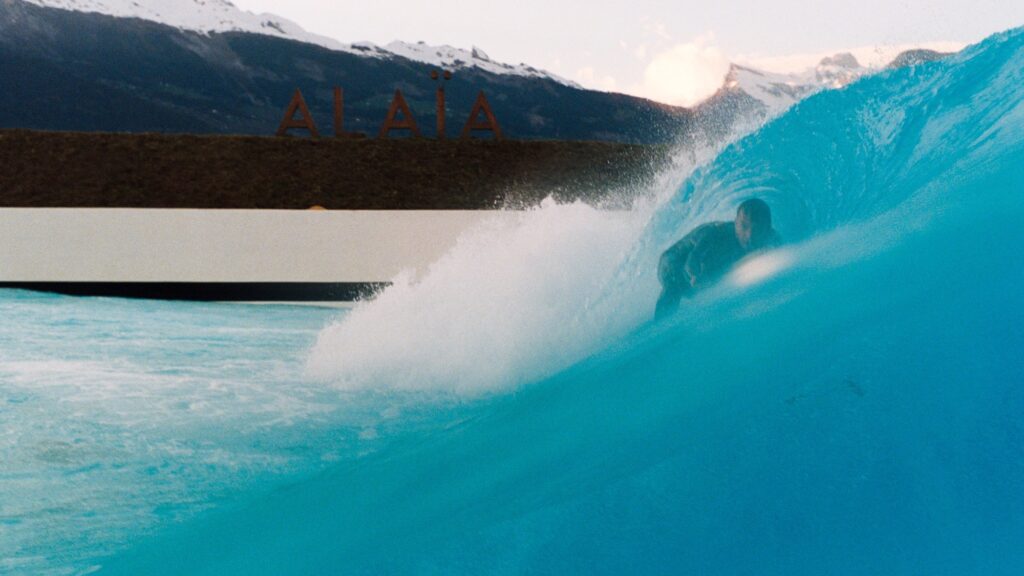
Can you still buy film cameras? I mean, how do you get film?
I usually just find them on eBay. That’s where I go to get all my camera equipment, basically, but it’s just crazy how much the price of everything analog, you know, everything’s gone up so much. There’s still quite a few camera shops that sell film, but it’s just expensive. Everything’s at least $10 or more. A lot of films are going for like $20 a roll. So it’s not cheap at all. It’s almost like I’m getting to the point now where I’m shooting more digital again because film is just too expensive these days.
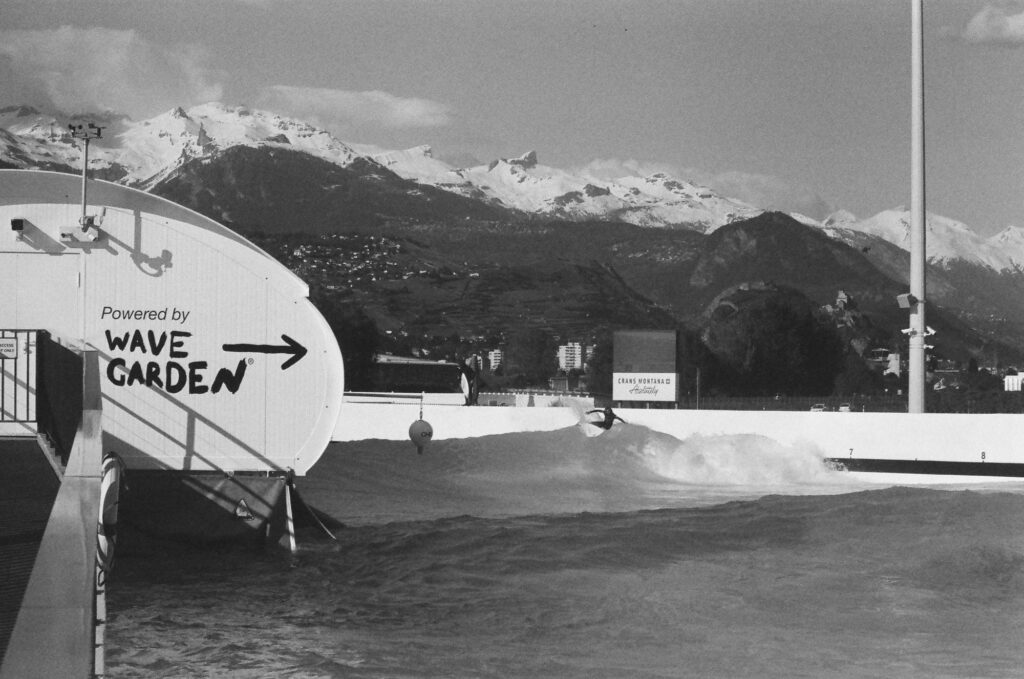
You told me earlier that you just got back from Indo and there was no electrical infrastructure. In these cases is analog an advantage?
Oh, yeah. That’s one of the things I love about shooting on my film cameras because most of the ones I have are completely mechanical cameras. There are no electronics in them and I don’t need batteries. Like, my Nikon is built like a tank, so it’s like the perfect travel-adventure camera. I can take it out in dust storms or in the rain or out in the ocean. Just as long as I take care of it and make sure the seals are lubed up that thing will last forever.
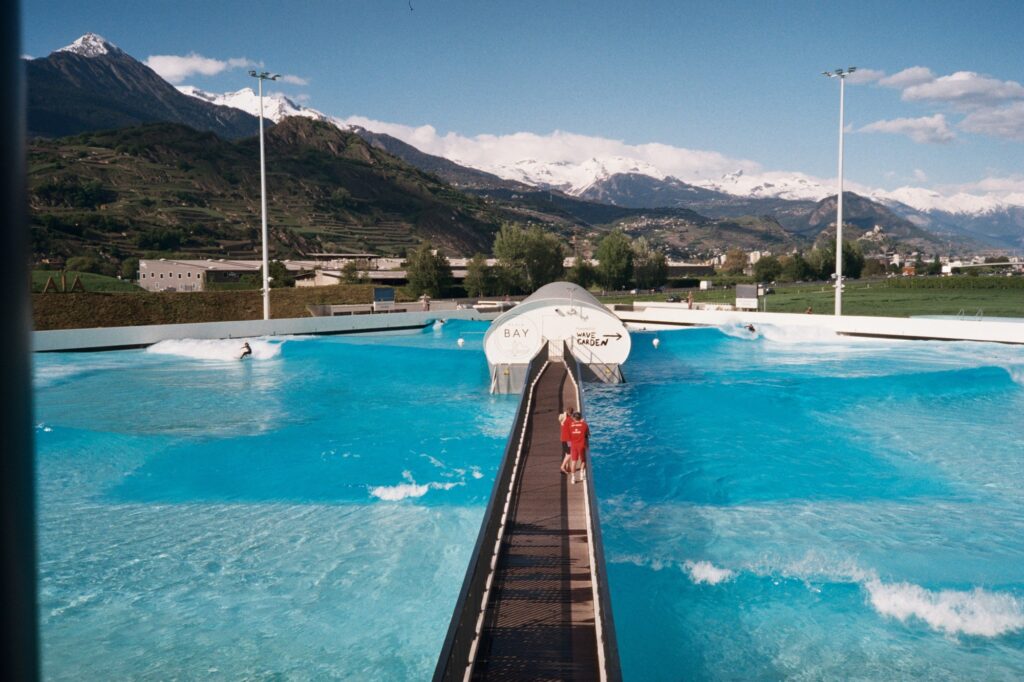
So you’re you’re too young to have gone to a photo kiosk in a strip mall parking lot. The little huts they used to have. You did? You did go to one?
I was born in the 80s, so I remember those. I miss those days. I miss when you could go anywhere and buy film at, like, the gas station. I remember when Walmart used to have a giant film section. You could buy it for cheap, too. And then you could go somewhere that has one hour development and you just don’t see stuff like that anymore. But actually when I was in Indonesia, there’s a big, big film community out there and there’s a ton of photo labs out there and they’re developing film. It’s also cheap, so while it’s $10 to $15 here, there it was $3 to get it developed and scanned.
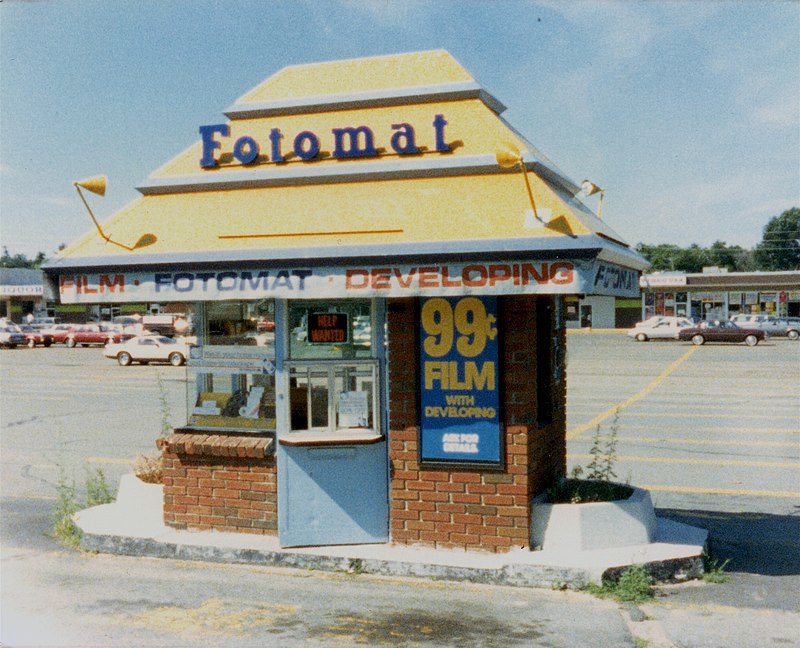
Related Coverage
